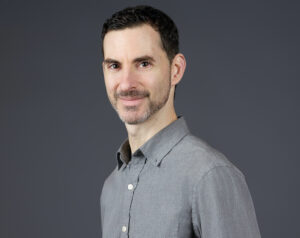David began his Alexander Technique training at ACAT in New York City and completed it in Chicago under master teacher Daria Okugawa. As a visiting teaching artist, David has taught at institutions including Mima Music Academy (NYC), University of Illinois Chicago, College of the Desert (CA), and University at Albany (NY). He has also led music and movement-based masterclasses across the country.
What is the Alexander Technique?
The Alexander Technique (AT) is not a set of exercises, a therapy, or a fixed set of postures. Rather, it is based on principles of constructive consciousness that help us move more freely and with greater ease by reconnecting with the innate wisdom we were born with.
How can AT help me?
By utilizing the principles of AT, individuals can achieve a more balanced and harmonious use of their bodies, which can lead to improved physical, emotional and mental health.
Who can benefit from Alexander technique (AT)?
- People with chronic pain: AT promotes a mindful awareness of your body, posture, and movement. This awareness helps to break the cycle of chronic pain by activating the parasympathetic nervous system (PNS), which is the part of the autonomic nervous system responsible for rest, relaxation, and recovery.
- Office workers and those with sedentary lifestyles: People who sit for long periods and experience discomfort from poor posture or ergonomics can find relief by learning to move and breathe more efficiently.
- Musicians, dancers and actors: These individuals often have high demands on their bodies, and Alexander technique can help them prevent injuries, respond better to performance stimuli, and reduce tension.
- Athletes: AT can enhance movement efficiency, reduce injury risk, and improve overall performance by optimizing how the body moves.
- People with stress or anxiety: Alexander technique is based on the idea of consciously changing habitual movement patterns. This requires mindfulness and focusing on the present moment, which can help interrupt anxious thought cycles and bring a sense of grounding, safety and calm.
- Anyone wanting to improve posture or movement: People who simply want to learn how to move with greater ease, comfort, and coordination can benefit.
- Individuals recovering from injury or surgery: AT can support rehabilitation by teaching better movement patterns, encouraging safety, and re-educating the body.

